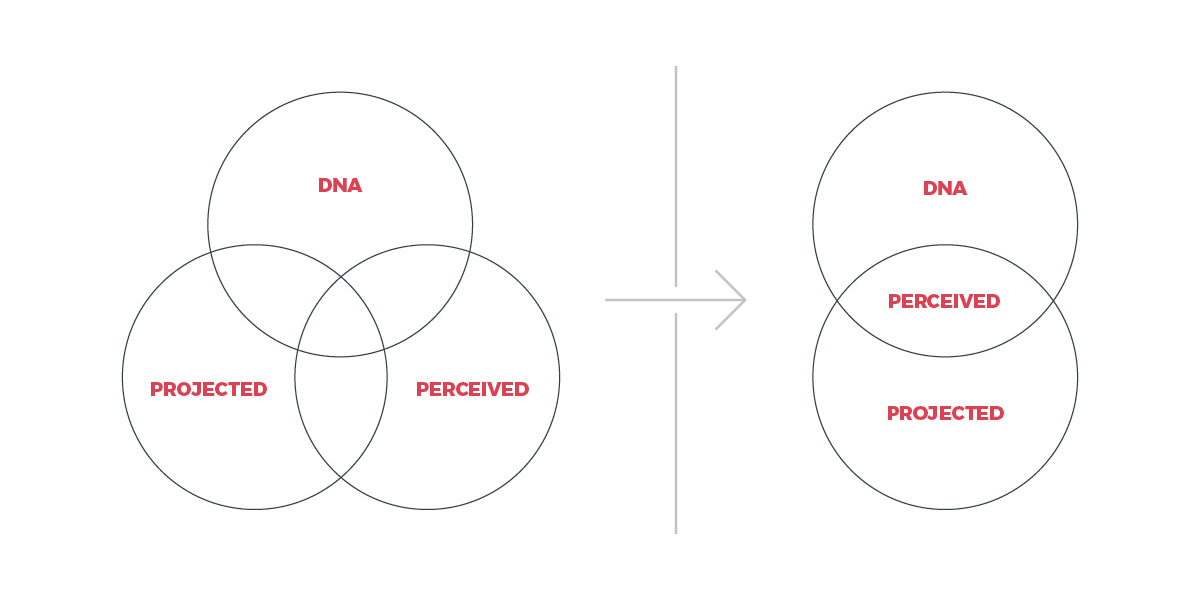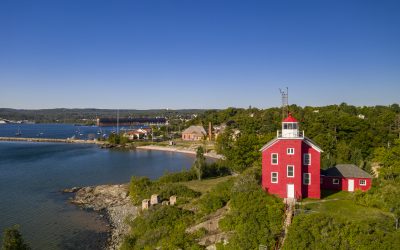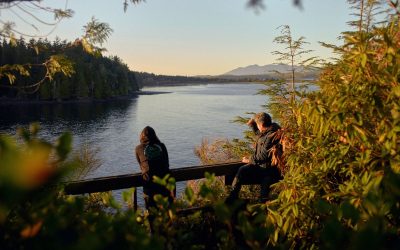If its projected image doesn’t match its Place DNA®, your tourism destination risks a fierce backlash from residents.
Your destination’s image is formed by thousands, if not millions, of stories people tell. In Byron Bay, Australia, those stories are getting out of hand, thanks to a gaggle of influential Instagrammers, their hundreds of thousands of followers, and depictions of their carefree, yet meticulously styled, beachside lives.
Residents are not impressed.
As ABC News has summarized, “Some locals fear their beloved town is becoming a stage for promoting an unrealistic view of a Utopia; some are concerned the distortion between reality is infiltrating their everyday lives and that image and popularity are fast becoming more important than community values.”
Change is nothing new in Byron Bay. Located on the border of New South Wales and Queensland, the area’s popularity has grown since the 1960s. Back then, people sought out the sleepy town for its perfect waves, scenic hinterland and laid-back lifestyle. In the 90s, small shacks made way for much larger seaside pads, status symbols for the rich and famous.
However, it’s only in the past few years that locals have felt the most dramatic and negative shift to the vibe and personality of Byron Bay. It is evident that social media, particularly Instagram, is driving some of these changes. Insta-shoots have become a common sighting and often disrupt walks along the beach – a treasured local experience. Restaurants have been flooded with requests for free meals from influencers offering exposure as currency. More and more people are simply dropping in for a taste of what they see online, and leaving the town worse off as a result.
Ironically, Instagram has attracted more Instagrammers than the town can bear.
New residents soon discover the mismatch between perception and reality. People move to the Shire of Byron Bay after looking at utopian images on social media and are often disappointed when reality hits. While the place is portrayed as a paradise that supports a holistic lifestyle, it has the same problems as any popular beachside town. This is evident upon arrival. The slow crawl of traffic, parking problems, few job opportunities, and the highest house prices in Australia are all factors that create tension and frustration for locals and visitors alike. It’s a good life for some, but it isn’t exactly perfect.
Byron Bay’s two million annual visitors are also frequently underwhelmed according to TripAdvisor reviews like these:
“I first went to Byron back in 1974. Back then It blew me away with its natural beauty, good surf breaks and laid back hippie vibe. Over the course of further visits, it became apparent that Byron’s beauty has also become its curse. […] Sadly, I doubt that I will return to Byron in the future, there are other places on the NSW North Coast that are maybe not as beautiful as Byron, however they are also not as damaged.”
In many cases, the hype does not live up to the experience.
Byron Bay’s challenge shows why authenticity matters so much to place branding.
An authentic place brand emerges from Place DNA®, which is a way of describing a collective definition of a place’s identity.

That identity is inseparable from the images a place projects (whether through local Instagrammers, bumper stickers, or phone conversations) and the image that is perceived from the outside (its reputation). The degree to which those circles converge indicates the strength and authenticity of the place brand.
Resident values are critical to a place brand, so the Place DNA® process is designed to work collaboratively with residents to avoid brand disasters. We’ve led destinations like Gold Coast, Australia; the town of Campbell River, British Columbia; the city of Ottawa and the U.S. state of Colorado through our Place DNA® process to make sure that messages match reality.
You can’t control Instagram. But as a destination marketer, you have a role to play in coordinating (and yes, influencing) the collective effort to define identity, tell your destination’s story and improve visitor experiences.
Ultimately, effective place branding comes down to three words: walking your talk. It’s the only way to build trust that your destination will deliver on its promises.
Feature photo credit: Delphine Ducaruge, Unsplash










So very true unfortunately. After been away for a decade I visited Byron in July and found it very different to how I remembered it. It is becoming a clone of the posh suburbs of Melbourne and Sydney. The traffic was bad, the food expensive and the real Byron is lost. There are now far nicer parts of the coast than Byron and offer what Byron once used to have.